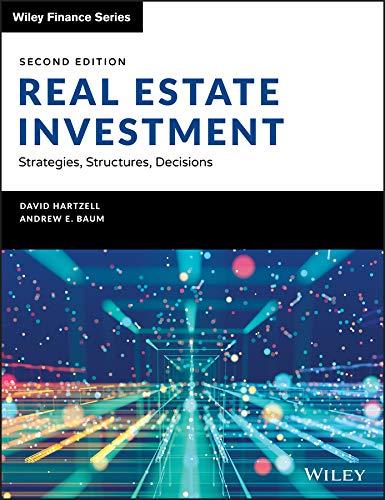Answered step by step
Verified Expert Solution
Question
1 Approved Answer
We have cash reserves in ten different currencies in the amounts given in the second column of the following table ( in millions ) .
We have cash reserves in ten different currencies in the amounts given in the second column of the
following table in millions
Initial Position Desired Position
USD
EUR
GBP
JPY
CHF
CAD
AUD
NZD
HKD
SGD
Our objective is to convert these amounts in order to have reserves at least equal to the amounts given
in the last column of the table. The second table contains the conversion rates.
USD EUR GBP JPY CHF CAD AUD NZD HKD SGD
USD
EUR
GBP
JPY
CHF
CAD
AUD
NZD
HKD
SGD
The numbers in this table should be read as follows: to buy US dollar for Euro requires e
the element in the first row and the second column US dollar costs British pounds GBP
etc. If we want to buy Euro for US dollars we have to pay $ the element in the EUR row and
USD column etc.
Design the conversion plan to meet the desired goals and to maximize the USD value of the obtained
positions.
The Linear Programming Model
Let us denote by n the number of currencies considered n in our case Let a j j n
denote the initial positions and let bi i n denote the desired positions. Finally, we denote by
ri j the cost of currency i in currency j the element in row i and column j of the rates table
We introduce the decision variables xi j representing the amounts of currency i purchased for cur
rency j i j n For i j the variable xii represents the amount kept in currency i
The decision variables have to satisfy the following equations and inequalities, called constraints:
n
i
ri j xi j a j j n amount of currency j spent
n
j
xi j bi i namount of currency i obtained
xi j i n j n
In the first equation we assume that only the original amounts can be converted, not the amounts obtained
from other conversions.
The set X of conversion plans x satisfying the constraints is called the feasible set.
The value of the obtained positions can be expressed as the dollar value the amounts obtained, that is
f x
n
i
ri
n
j
xi j
It is called the objective function. The problem is to maximize the objective function over x in the
feasible set X that is to find a point x in X the optimal solution such that
f x f x for all x in X
Step by Step Solution
There are 3 Steps involved in it
Step: 1

Get Instant Access to Expert-Tailored Solutions
See step-by-step solutions with expert insights and AI powered tools for academic success
Step: 2

Step: 3

Ace Your Homework with AI
Get the answers you need in no time with our AI-driven, step-by-step assistance
Get Started


